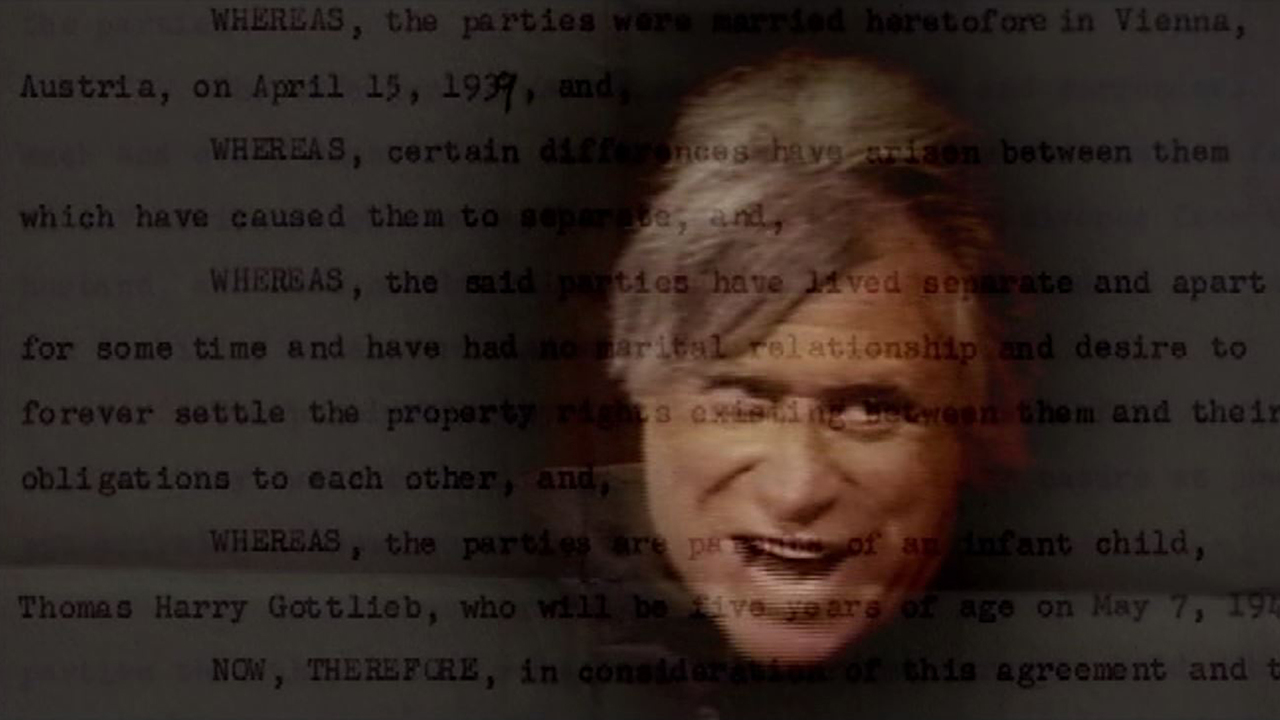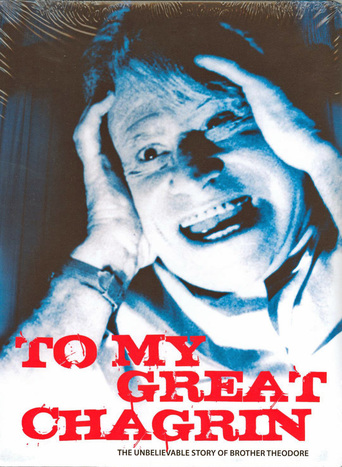Aneesa Wardle
The story, direction, characters, and writing/dialogue is akin to taking a tranquilizer shot to the neck, but everything else was so well done.
claster
This is a brilliant film about a brilliant man, one Theodore Gottleib, also known for a time as "Brother Theodore." Sumerel has accomplished the impossible, in weaving a mesmerizing tale out of not much surviving footage. Even if you'd never heard of Theodore, you'd find it a riveting profile. And if you're fortunate enough to have either seen him perform, or be exposed to his peculiar genius, you'll learn a great deal about his amazing life. This film, now known as "To My Great Chagrin: The Unbelievable Life of Brother Theodore," should be given a much wider audience. In the meantime, do whatever you must to see it. You'll make the acquaintance of a unique individual whom you'll never forget.
Lilcount
The late performance artist Theodore Gottlieb, known professionally as Brother Theodore, was an institution in the Greenwich Village art scene for over four decades. His work was unique and no doubt was admired by and influenced the likes of Woody Allen, Eric Bogosian, Spalding Gray, and numberless others, although to pigeonhole him as a mere monologist is to do him a grave injustice. His brand of paranoia, philosophy, schizophrenia, irony, and comedy is inimitable, since it is unthinkable that a man born, in his own words, with "a golden spoon" in his mouth, should lose everything and live to tell the tale in 94 remarkable years.Director Jeff Sumerel spent a few days filming him just months before his death, and added to that excerpts from numerous recorded live performances and acting jobs.I must warn you, Brother Theodore is on camera in every single shot of this doc, and except for the talk show hosts and the odd other actor, nobody else appears. Numerous interviewees are heard but never seen. This is an understandable artistic decision on the director's part, but a bit taxing on the viewer.Chess played a great role in Theodore's life, and several internationally ranked chess masters, myself included, were in the audience at the world premiere at MOMA on Feb. 13, 2008. I was the recipient of a typical rant when he called the Manhattan Chess Club in 1990 to complain in those pre-internet days that we weren't updating our results of the Kasparov-Karpov match fast enough. A day or so later, updates complete, a familiar voice left a two word message on our answering machine, "Thank you."

